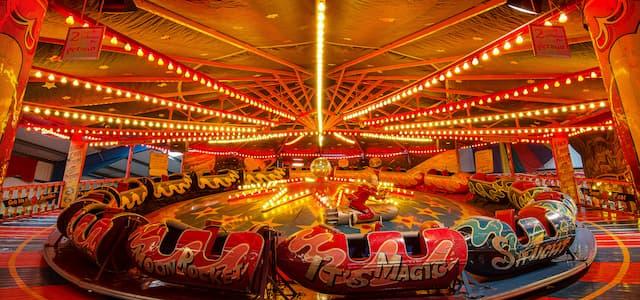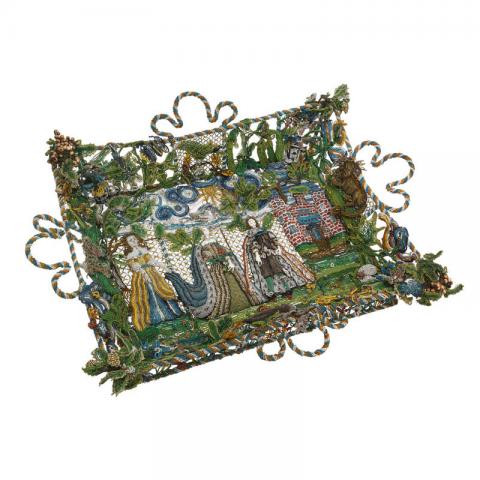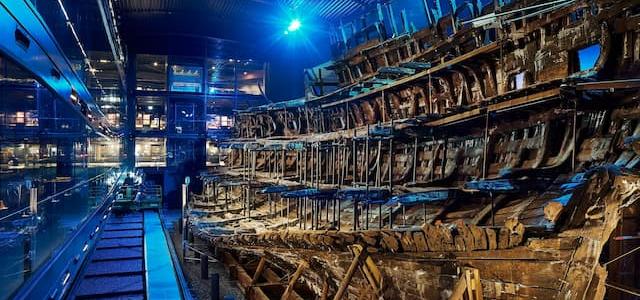
Saved for the nation: a delightful beadwork basket seduces the public
The Holburne Museum is delighted to announce it has raised the money to secure the acquisition for its permanent collection of a rare seventeenth-century beadwork basket.

This has been achieved thanks to the generosity of hundreds of members of the public, plus a number of trusts and foundations.
The museum has been campaigning since April to buy this work and successfully raised the £78,000 required to buy the basket by the purchase deadline. In addition to significant awards of £48,000 from the National Heritage Memorial Fund and £10,000 from the Art Fund the museum raised £20,000 from over 400 members of the public with other trusts with significant donors including the Norie Trust, Patricia Nguyen, Polly Devlin, Pat Robertson Glasgow and Manny and Brigitta Davidson.
Alexander Sturgis, Director of the Holburne, said: "We are really touched and delighted by the fact that so many people have rallied around to help us add this wonderfully rare basket to our collection. We are grateful to Museum visitors who have donated on site, to online contributions through DONATE and of course to the generosity of the grants we have received."
Dame Jenny Abramsky, Chair of NHMF, said: "It's easy to see why this beautiful and extremely rare example of 17th-century craftwork has captured the imagination of the public, who have shown such overwhelming support. Offering fascinating and relatively unseen insight in to the craftwork of middle-class women of this period, the Trustees of the National Heritage Memorial Fund felt it was important that it was secured so that future generations can enjoy and learn from it."
Made in England around 1665, the basket probably depicts Charles II, who had recently been restored to the throne, and Catherine of Braganza next to a castle within a leafy landscape. The figures are surrounded by many charming colourful beaded appliqués of flowers, birds, insects and animals. The composition is made from thousands of brightly coloured glass beads of varying sizes that have been skilfully threaded onto fine wires and attached to the mesh-like basket frame.
The basket was almost certainly made by an amateur girl or young woman in a middle or upper class household. We know from documented sources that girls were taught the art of bead working in much the same way they were taught other forms of needlework and embroidery. Such skills were seen as an essential part of a girl's education. It is thought that the wire frames for such baskets could be purchased ready-made, ready to receive their beaded decorations. Like embroidered silk pictures, beadwork was an expensive pastime limited to the privileged few. The glass beads were imported from Amsterdam and Venice at great expense.
The basket is on display at the Holburne and will soon enter its permanent displays to be shown alongside embroidery from the same period.
Notes to editors
The Holburne Museum houses an important art collection formed by Sir William Holburne in the nineteenth century, which includes paintings, silver, sculpture, furniture and porcelain of national and international significance. Artists in the collection include Gainsborough, Guardi, Stubbs, Ramsay and Zoffany. The museum reopened in May 2011 after ambitious renovations and a new extension by Eric Parry Architects. The Holburne has fast gained a reputation as one of a number of outstanding regional museums in the UK.
- Winner of the Museums & Heritage Award for the re-display of the permanent collection
- Winner of RIBA Building of the Year, south west
- Winner of the Civic Trust's Michael Middleton Special Award for a restoration / extension project within a conservation area
Further information
Holburne Museum: Katie Jenkins on 01225 388547, email: k.jenkins@holburne.org.

